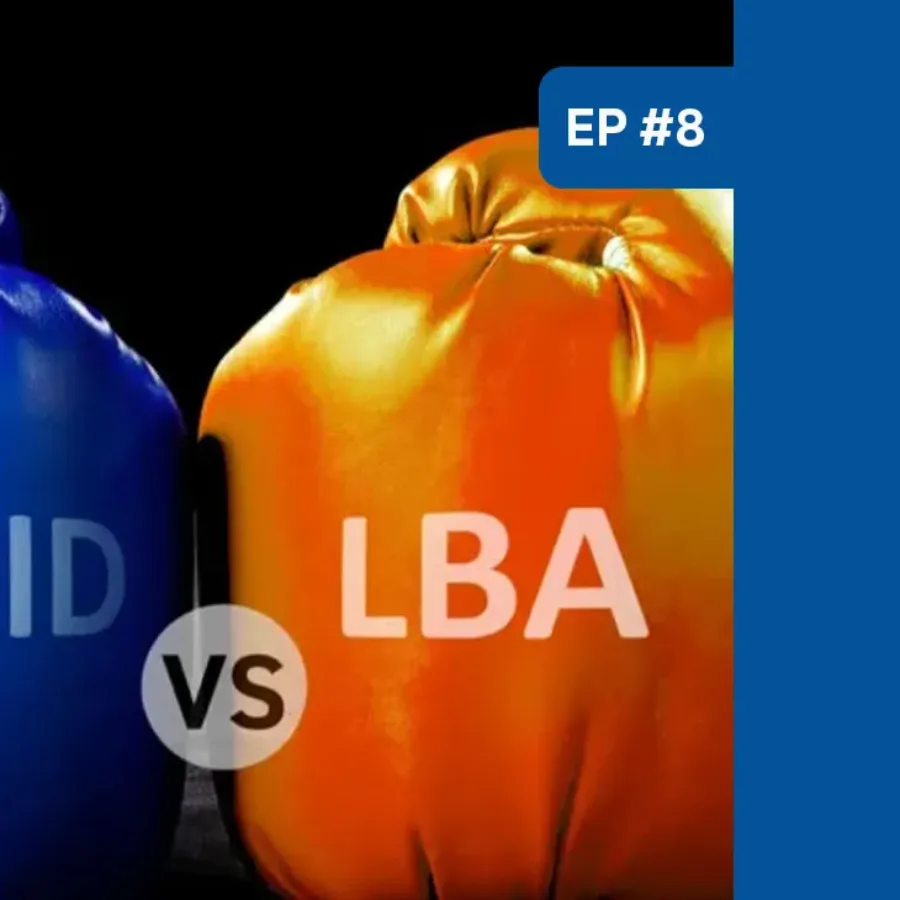 Blogs
Blogs
Arguably the most groundbreaking new opportunities for the treatment of disease and injury are Cell and Gene Therapy Products (CGTP) or what the European Medicines Agency (EMA) call Advanced Therapy Medicinal Products (ATMPs). EMA has broken down ATMPs into three main types: Gene therapy medicines: these…
 Podcasts
Podcasts
For episode #76 of “The Weekly Bioanalysis”, Dom and John talk about the popular topic of GLP-1 Analogues – these series of recent blockbuster drugs with multiple applications, as well as some of their bioanalytical challenges. First, the guys go over a little bit of the mechanism of action of…
 Blogs
Blogs
KCAS Bio is attending CYTO2024, the 37th annual Congress of the International Society for the Advancement of Cytometry in Edinburgh, Scotland! A great occasion to explore the latest advancements in cytometry science and to discuss our flow cytometry services with the community. At this edition, Alessandra Roberto, PhD…
 Blogs
Blogs
Dawn Dufield, PhD is the Scientific Officer for Mass Spectrometry and has been with KCAS Bio since 2018. Before joining KCAS Bio, she worked in the quantitative large and small molecule LC-MS/MS field for Pfizer for over 20 years. Dawn has been a pioneer in the Hybrid LCMS field and…
 Videos
Videos
Get a glimpse behind-the-scenes at the KCAS Bio – Philadelphia lab dedicated to flow cytometry. KCAS Bio’s Purpose-built Facilities Dedicated to Flow Cytometry ———- When it Comes to Flow Cytometry, KCAS Bio has all the Right Tools ———- KCAS Bio’s Flow Cytometry Specialists Are Part of Your…
 Videos
Videos
Dom & Dawn’s Opinion on the CRO Industry? Click here to view the entire series.
 Videos
Videos
Do You Feel that Many Bioanalytical CROs are Quick to Cover All of These Technologies? Click here to view the entire series.
 Videos
Videos
What are Some Scenarios Where More Than One Approach is Needed? Click here to view the entire series.
 Videos
Videos
Do You Have Examples of When You Started with One Testing Platform and Switched to Another? Click here to view the entire series.
 Videos
Videos
How do You Know Which Approach is Best? Click here to view the entire series.
 Videos
Videos
Are the Sensitivities Similar? Click here to view the entire series.
 Videos
Videos
What are the Differences Between Time and Costs for Development? Click here to view the entire series.